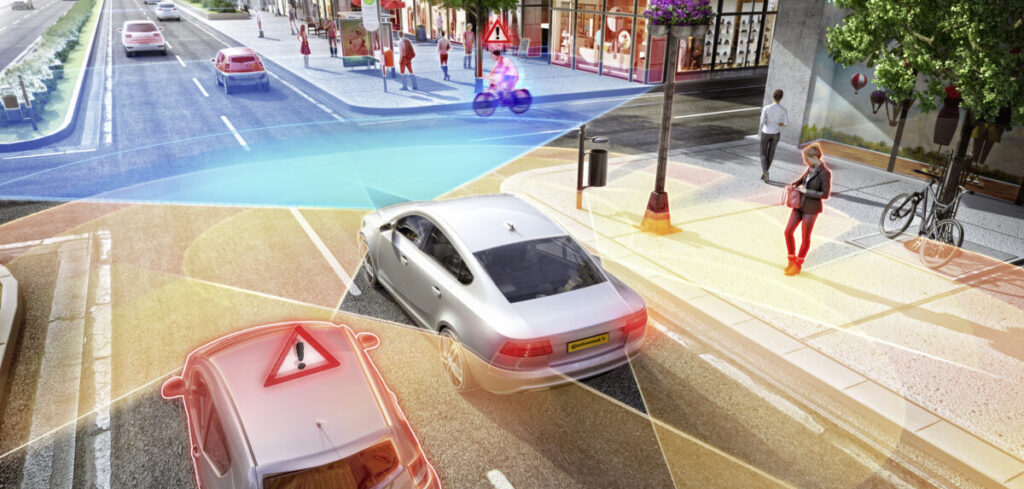Continental is set to present its sixth generation of long-range radar and surround radar. Production is scheduled to start in 2023 with the company stating that initial customer orders have already been received.
The tire and technology maker notes that both radar sensors share a software and hardware platform, reducing complexity and thus costs, while testing and development efforts on the customer side are also reduced.
Continental claims that the units’ performance is significantly increased compared with the fifth generation, and as a scalable solution, the radars cover a range of applications: from Euro NCAP requirements in an entry-level variant to the implementation of functions for higher levels of automation, such as automated lane change, in a premium variant.
The sensors can also be used to cover the requirements of the General Safety Regulation (GSR). Moreover, they also support a range of vehicle architectures and types through their availability as smart radar, with data processing in the sensor and as satellite radar, with the processing of data in a central control unit.
“Radar sensors are a cornerstone of driving safety. In the future, they will provide reliable data in increasingly challenging traffic situations. This includes, for example, autonomous emergency braking for crossing traffic at intersections and the early detection of motorized cyclists, which Euro NCAP will also be testing in the future and which is important for automated lane changes,” explained Frank Petznick, head of the Advanced Driver Assistance Systems business unit at Continental. “With the sixth generation of our radar sensors, drivers will be even safer and more comfortable on the road in the future.”
The company claims that several patent-pending solutions increase the responsivity of the radar sensors, even when obscured by painted bumpers at the corners of vehicles, meaning greater detection reliability is available. In addition, with dimensions approximately 70 x 55 x 20mm (without plug connector and holder) they are almost 40% more compact than the fifth generation. This opens up new integration options, for example in the vehicle sill, for implementation of a side radar.
The surround range and long-range radars both work at 77GHz as standard but are prepared for the band between 77GHz and 81GHz, which Continental says offers the advantages of a larger frequency band. Thanks to intelligent algorithms, radars in road traffic also filter out signals from other radar sensors – an important issue with increasing equipment rates – and process only their own signals.


